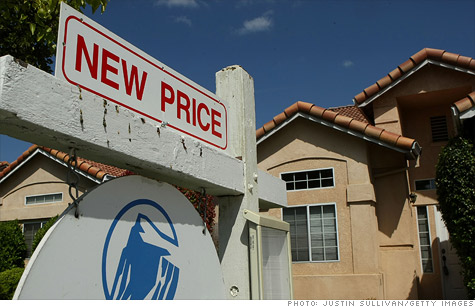Ordinance bans smoking at parks, city-sponsored events and recreation areas, with the exception of the Par-3 Golf Course.
By Connie K. Ho
The Arcadia City Council has unanimously passed a ban on smoking in parks and recreation areas, with the exception of the Par-3 Golf Course. The ordinance follows a report by the American Lung Association that gave Arcadia an “F” grade in air quality.
“I think that it’s great,” Arcadia resident Jenny Chou said of the ban. “A lot of children use the parks and recreational areas and it’s unfair to expose them to second-hand smoke. I think it’s better for the environment, better for our air quality.”
The City Council first directed the staff to prepare an ordinance prohibiting tobacco use in city parks and recreation areas at the March 6 meeting.
The ordinance would cost an estimated $6,000 for the manufacture and installation of signs at each location where smoking would be prohibited, city officials said.
Other cities in the San Gabriel Valley have also prohibited smoking in recreation areas, including Alhambra, El Monte, Monterey Park, South Pasadena and Temple City.





![[SB10001424052702303640104577438521856489182]](http://s.wsj.net/public/resources/images/OB-TE231_0601BC_D_20120531130018.jpg)

![[AOT]](http://si.wsj.net/public/resources/images/MI-BP263_AOT_NS_20120529174504.jpg)

© 2013 The Peral Group